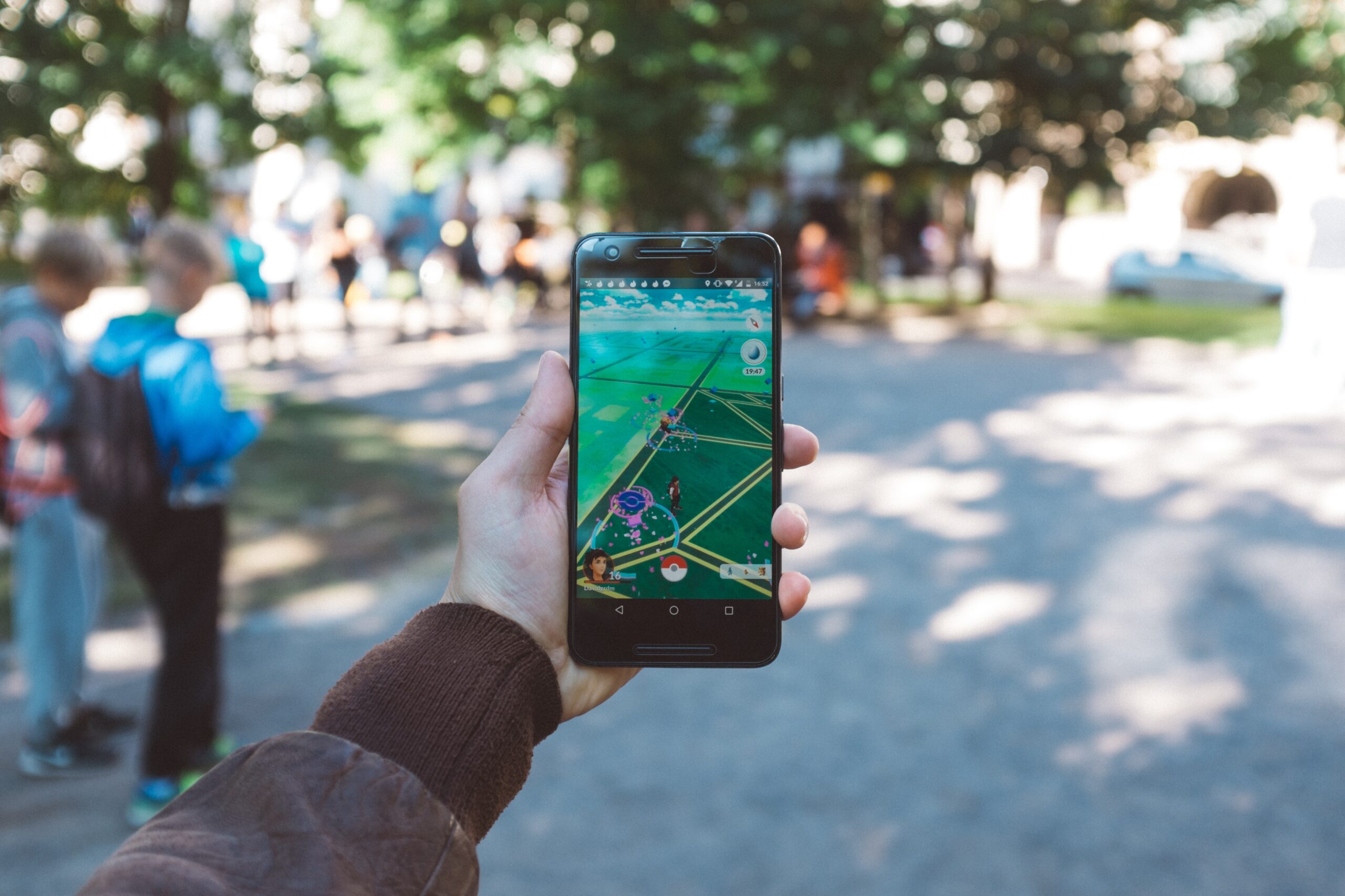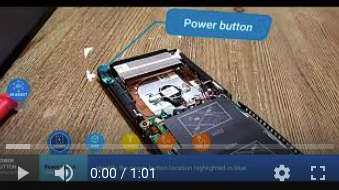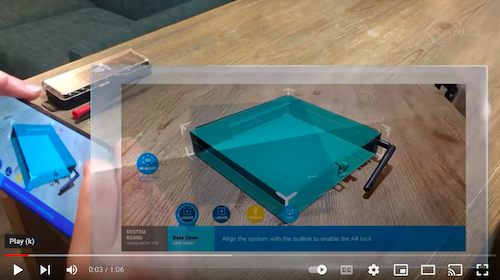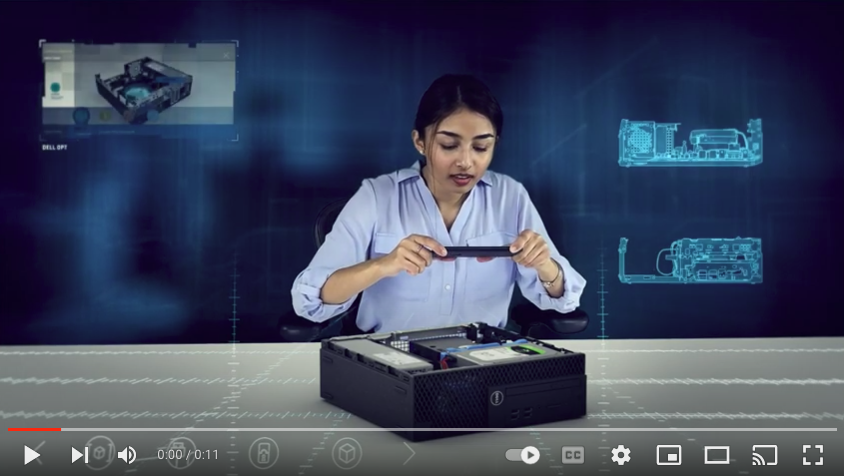Augmented reality, while often bandied about in the same sentence as virtual reality, is a different (but related) technology. While VR creates an entire virtual world, AR augments what we can already see. AR adds digital information to our existing environment. You have likely experienced AR in your daily life without realizing it. Here are a few already common uses for AR technology and some surprising history and statistics.
AR Technology was Developed in 1968
Ivan Sutherland, “father of computer graphics,” created an AR head-mounted display system at Harvard in 1968. Early AR systems based on this first one were used to project geological information onto terrain for aviation, military and industrial use. The first advertising campaign to use AR came about in 2008 for the BMW Mini. (Harvard Business Review, 2016)
Football and Augmented Reality
On September 27, 1998, television football fans everywhere saw what seemed like magic: a yellow line. It appeared across the field at the first down marker, not covering the players but as if it were painted on the field itself. Only it moved, seamlessly, as the first down line did. A company called Sportsvision developed this augmented reality tech that debuted during a Ravens/Bengals game. At the time, it took six people in a 48-foot semi-truck parked outside the stadium to keep the yellow line up and running. (Vox, 2019)
Disney Has Embraced AR.
In 2001, Disney used augmented reality to show their characters interacting with real people in Times Square. That same year, National Geographic employed AR to make it seem as if extinct species were walking through a shopping mall. A couple of years later, Coca-Cola displayed ice melting in, again, a high-traffic shopping mall to bring awareness to climate change. (Harvard Business Review, 2016)
Pokémon Go Broke Download Records with AR.
In 2016, Pokémon Go became the most downloaded and highest-grossing app of all time. Following digital maps in the real world and capturing characters that randomly pop up obviously has an allure. For once, a video game — with the AR combination of real-world environs and digital overlay — has people going on walks instead of cooped up in their houses. (New York Times, 2016)
“I really got into this idea of using digital tech to reinvigorate the idea of a public square, to bring people off the couch and out into an environment they can enjoy. We’re biologically evolved to be present in our bodies and to be out in the world.”
– John Hanke, CEO Niantic Labs, Pokémon Go creator
Augmented Reality Can Make Right to Repair an Actual Reality.
Right to Repair refers to proposed legislation that would make it realistic for anyone to fix an electronic device. Right now, it is technically legal to fix your own phone or laptop, but as Thorin Klosowski in The New York Times Wirecutter points out, something being legal doesn’t necessarily mean it’s possible. Most of us would be intimidated by the idea of opening up a laptop to replace a battery, but AR can overlay digital information onto your device, giving you step-by-step instructions.
Your Brain Processes AR More Efficiently than 2-D Instructions.
Most of our information processing (up to 90%) is visual. How quickly and accurately we process that information depends on mental capacity, and the demand on that capacity is called “cognitive load.” Cognitive load is greater when there is a gap between where we receive information and where we apply it. Harvard Business Review (2019) Think of typical GPS directions in which you shift your attention between your phone and the road. All that shifting increases cognitive load and the likelihood you’ll make a mistake. Through an AR heads-up display, your directions are superimposed onto the road.
Both Apple and Microsoft are Developing AR Hardware.
In March of 2021, the U.S. Army announced an almost $22 billion deal with Microsoft for a specialized version of their Hololens along with software and services. Apple has plans to roll out an AR headset in 2023 and the sleeker AR glasses in 2024 or 2025. Both products pave the way for a proliferation of AR apps and a more seamless way to use them. Clearly, both Microsoft and Apple see augmented reality as playing a significant role in our future.



